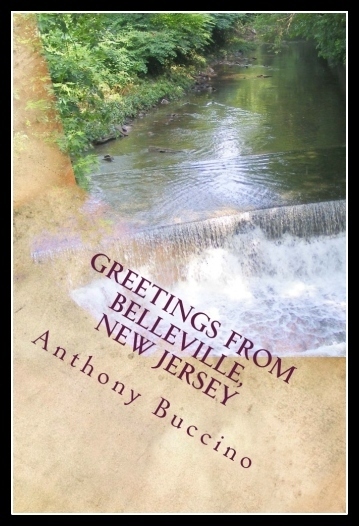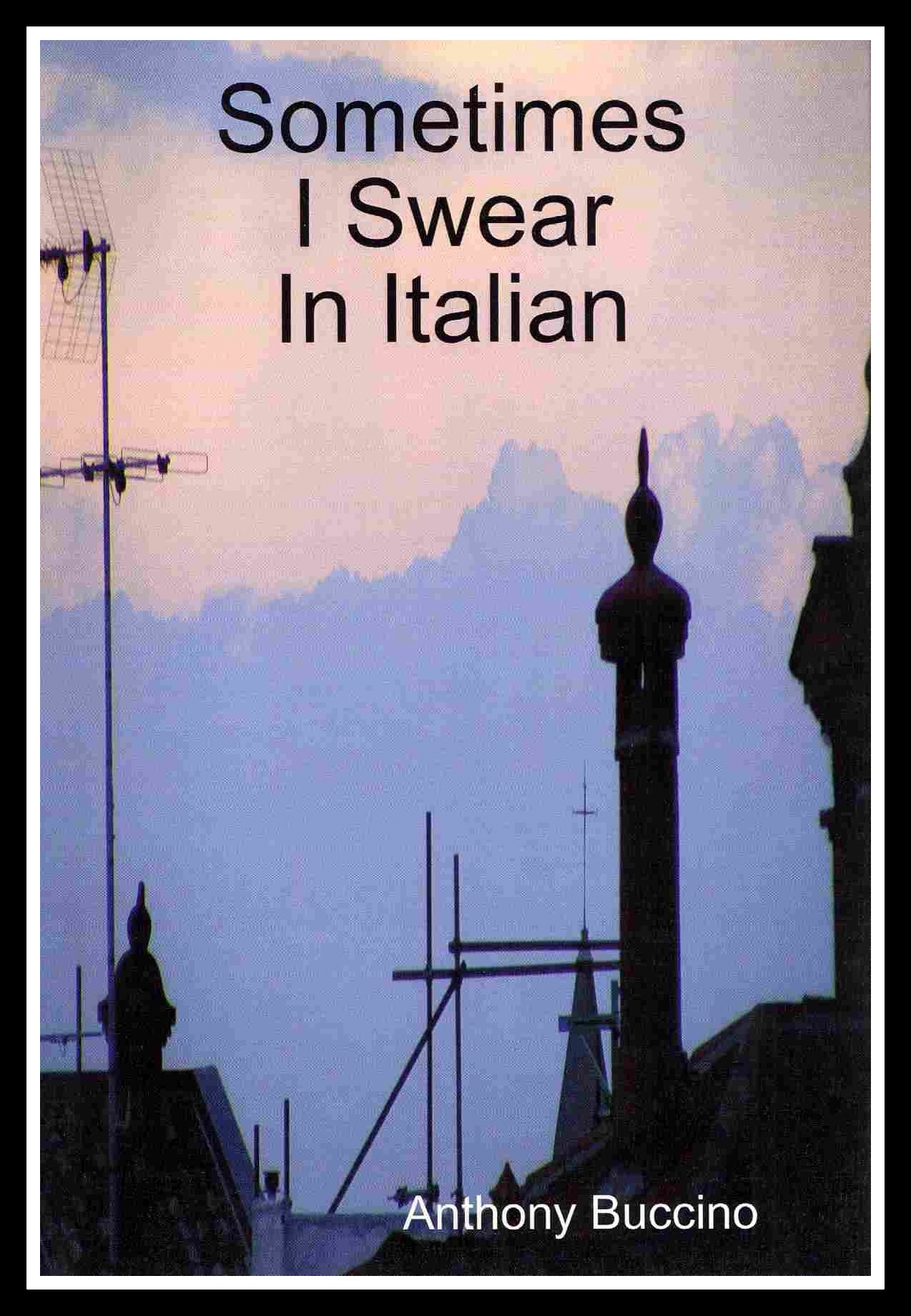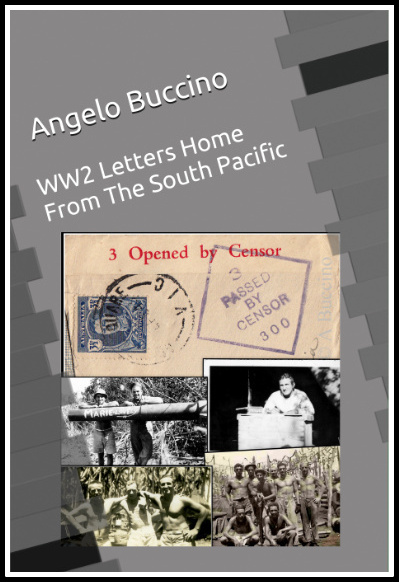|
The last generation to tell their 50-year-old tale of survival
gathered at Bloomfield College on Nov. 13 to pass along the ‘Debt to
Honor’ - the true story of how nearly 40,000 Jews in Italy were
saved from Nazi annihilation during W.W. II.
If caught, Italian men and women, ordinary workers, nuns and priests
risked all sorts of retaliation from the Germans. They never talked
much about their efforts to save the Jews. “It was the right thing
to do,” was all most of them said in the years since the war.
Asked years later why they did what they did to assist the Jews, the
Italians said, “We did what we knew needed to be done.” That is why
it took nearly 50 years to recognize the rescue efforts made.
“It is the greatest story never told,” said
Dr. Emanuele Alfano,
chairman of
UNICO National Anti-Bias Committee. Alfano’s committee
worked with Dr. Joseph Volker, project ‘coordinator of A World of
Difference Institute of the
N.J. Anti-Defamation League to launch
this Italians and the
Holocaust project.
Dr. John Noonan, president of
Bloomfield College spoke of the
“horror in the face of near extinction of European Jews in our
lifetime. . . through history we are made to remember and to grieve
and, where we can, to give thanks.”
A Holocaust survivor who escaped death through efforts of Italians,
Ursula Korn Selig said, “We are the last generation to tell our
stories. After us, the stories will only be in hooks:’
Selig was hidden with her family at a house in the mountains. Her
family hid in a bread-baking oven for three months until the
American soldiers finally drove out the Germans and liberated the
territory.
Because of the kindness ‘shown to Jews by Italians, of the 47,000
assimilated and natural born Jews in Italy in 1943, nearly 40,000
men, women and children were provided with false IDs, hidden in
private homes, convents and monasteries to protect them from Nazis
and Fascists collaborators. Through the efforts of common people
doing what they thought was nothing extraordinary, nearly 80 percent
of the Jews escaped certain slaughter.
The November convocation in Bloomfield debuted the film “A Debt To
Honor.” The video documentary commemorates the rescue of thousands
of Jews by ‘ordinary’ Italians during the Nazi occupation of Italy
in 1943.
The film was written, produced and directed by
Sy Rotter and is
narrated by
Alan Alda. Filmed in 1994, it includes a 50th
anniversary memorial service in Rome marking the efforts of Italians
to aid the refugees.
Included in the 30-minute video are archival scenes of
Benito
Mussolini’s rise to power as background for ‘understanding the role
of Italian Fascism as the basis for official anti-Semitic policies
at the time.
According to the film’s producers, the full five years of the war
resulted in the deaths of 7,682 Italian Jews, roost perishing in
Nazi concentration camps in Poland and Germany. They acknowledge
that very few of these victims would have been captured by the
Nazis without some form of Italian collaboration. However, they
stress that most, if not all, of the remaining Italian Jews not
captured were aided by other Italians and successfully evaded the
Nazis and Italian Fascists.
Jews who were fortunate enough to escape Germany, Austria and other
occupied European countries and flee to Italy with little more than
the clothes on their backs, then found the politics of Italy under
Mussolini’s
Racial Laws of 1938 strip them of their professions and
livelihoods.
“A Debt to Honor” focuses on interviews with Italian priests, nuns
and other Italians who tell of their’ direct involvement in the
rescue and safely they extended to Italian and Jewish fugitives,
saving them from the Holocaust.
The Italian town of
Assisi was declared a hospital center. From that
town grew the central point of assistance for refugees where they
were provided with false IDs, safety in convents, private homes and
hotels.
Although no one kept specific records of who was helped and who
escaped, nearly 300 Jews were funneled through Assisi to safety out
of Italy.
Spies were everywhere, but the effort to help those in need
continued. Italian Nazi Fascist spies were mingled throughout the
citizenry and were most dangerous to the efforts to spirit refugees
through the network of underground assistance.
The rescuers ‘took the risks without the knowledge of the danger to
themselves. “We did what needed to be done,” said the niece of a
factory owner who had built a partition in his building and hid
refugees there for months.
Since Northern Italy was occupied at this time, but Southern Italy
had been liberated, the underground used Southern Italian surnames
for the forged papers of the refugees. With the false papers, the
refugees were able to secure food vouchers.
Another effective ruse used by the underground was to dress the
refugees as nuns and friars and conceal them in convents and
monasteries. One bishop with a house full of refugees met more at
the door. His response was to offer them his bedroom and he would
sleep in his study.
Ida Lenti, an Italian baby-sitter for three orphaned Jewish refugee
children took them across occupied territory to a relative’s home.
There, 10 make ends meet, she took in washing for German soldiers.
With the money they paid her, she was able to send the refugee
children to school. She knew all along that if she was caught, she
and the children would certainly be killed.
The film highlights that it was ordinary people who undertook the
extraordinary actions to save the lives of persecuted people
because, as they frequently said, “It was the right thing to do.”
Honored guests at the film debut included Jewish War Veterans Ruth
K. Marx who was in the Women’s Auxiliary Army. Walter Schwarz, Sol
Lasky who was at the liberation of
Dachau, and Samuel Nehemiah the
chief aide of
N.J. Jewish War Veterans of U.S.A.
Also on hand to place the rescue efforts into perspective was
Sister Margherita Marchione, author of many books, including “Yours Is A
Precious Witness: Memoirs of Jews and Catholics in War-lime Italy.”
Efforts are underway through the UNICO National Anti-Bias Committee
and the Anti-Defamation League with the assistance of Jeffrey Maas,
chairman of the
New Jersey Holocaust Commission
on Holocaust Education, to incorporate this
historical event into the New Jersey holocaust curriculum.
For information on viewing “A Debt To Honor” or incorporating the
film into educational curriculum, contact
UNICO National.
First published
THE INDEPENDENT PRESS 0f Bloomfield, THE GLEN RIDGE PAPER,
Page 6; Thursday, December
5, 1996
Copyright 1996 ©
Anthony Buccino
Links subject to change.
Congressional Record on A Debt To Honor
Community
Groups Join to Honor Italian Effort to Save Jews from the Holocaust
Read More
Italian American Heritage
Dad Tales and Reflections
Sixteen Inches on
Center
A Father's Place, An Eclectic Collection
AMERICAN BOY: Pushing Sixty
Sometimes I Swear In Italian
Great
Grandpa was a pumking
Who is
Brother, (who is) Uncle Bim?
 Italian Americans in World War II by Peter L. Belmonte
WW2
Letters Home From The South Pacific
La Storia: Five Centuries of the Italian American Experience
by Jerre Mangione
Una Storia Segreta
- Lawrence DiStasi
Finding
Italian Roots by John Philip Colletta
They Came In Ships
by John P. Colletta
Italian American Writers On New Jersey
Identity
Lessons: Contemporary Writing About Learning to Be American
Some Kind of Wise Guy: Stories About Parents, Weddings, Modern
Living, and Growing Up Italian by Bill Ervolino
Cherry
Blossom Press

Sister Dressed Me Funny
This
Seat Taken? Notes of a Hapless Commuter
Nutley Notables, Volume Two
|
|





